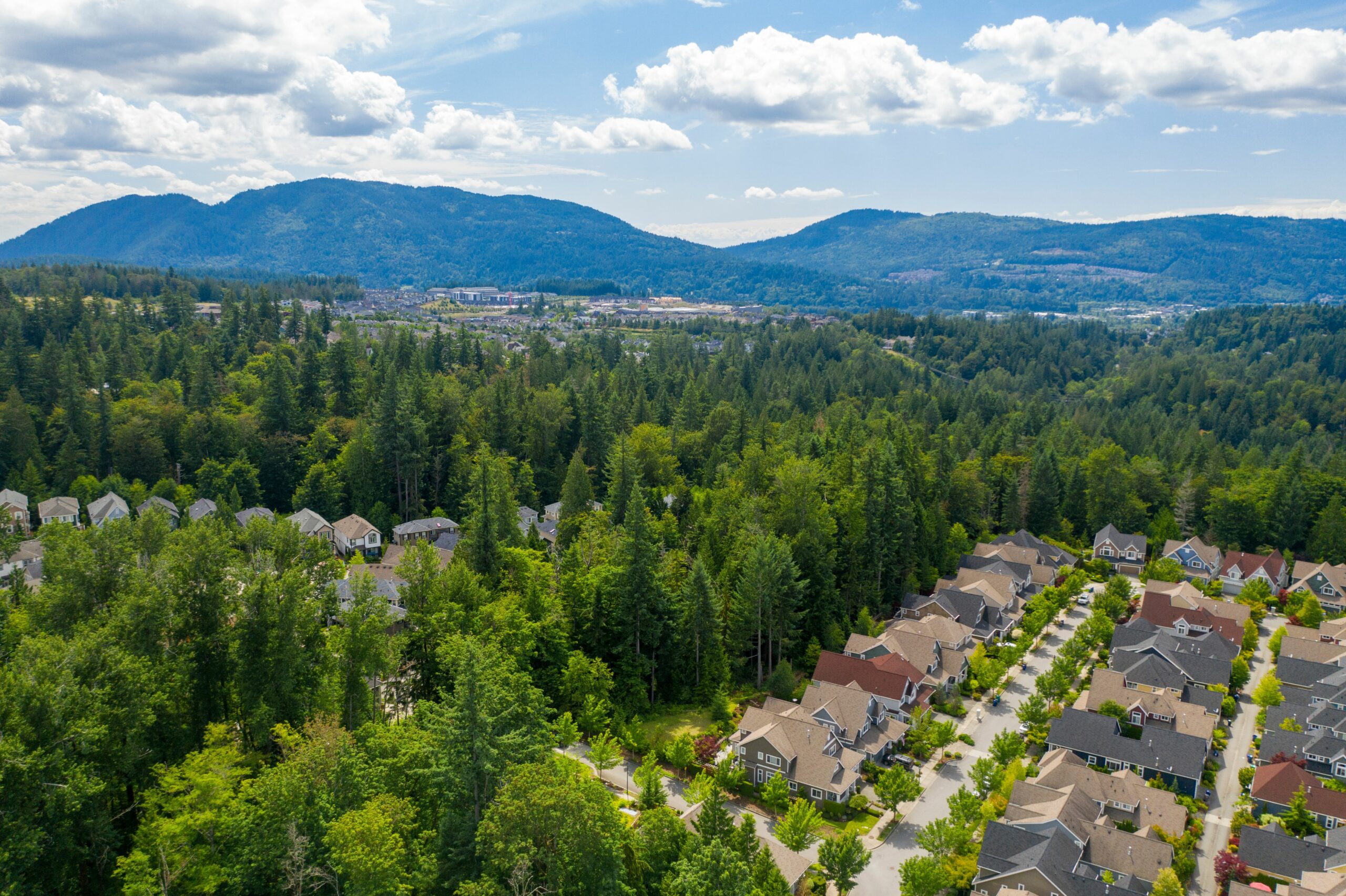Maintaining and growing a healthy tree canopy while making room for more housing choices can—and should—include replacing trees. This is an essential part of a balanced tree policy because it provides a pathway to more attainable housing choices, reduces sprawl and increases equitable tree coverage for current and future generations. Snohomish County is getting balanced tree policy right.
Trees are vital to our communities, there’s no question about it, and addressing the current housing shortage requires consideration of both housing and trees. But housing can only be built in zoned areas, limiting the ability to provide needed homes while maintaining the location of individual trees. Tree replacement, however, allows flexibility to maintain and grow a healthy tree canopy through existing and new trees.
Snohomish County’s 2022 Tree Canopy Report found that across 49 permit applications, the County exceeded their tree canopy goal by planting more than 2,700 trees, adding more than 720,000 square feet of canopy.
Tree replacement helps add housing choices where they’re needed most. It makes room for housing near transit, local amenities and economic hubs, reducing congestion and car trips that allows more people to live where they spend most of their time. Balanced policies enable housing where it’s needed most, while preserving critically needed forests and farmland
Finally, tree replacement allows communities to plant the right trees in the right places, making for a more equitable distribution and a healthy variety of native species. In Snohomish County, tree replacement created more housing choices and hundreds of newly planted native trees.
When communities have the flexibility to plant new trees and build homes where they’re needed most, people have more choices to live in vibrant communities with a thriving tree canopy. Ultimately, this allows communities to prioritize housing supply in existing developed areas and be good stewards of the environment in and beyond the urban core.

